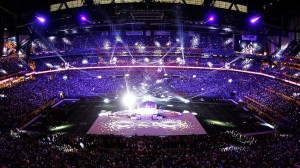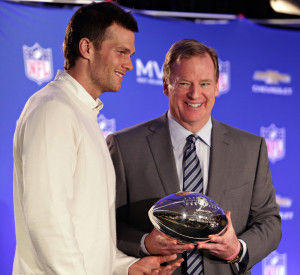Security at the Super Bowl
The Super Bowl is one of the largest, most high-profile events held in the U.S. every year. Teams work toward the big game all year, and fans — at least those of the teams that do well — spend the whole season looking forward to it. Tens of thousands of fans attend the game, while millions more watch it at home or their local sports bar.
Planning security for such a large-scale event is no small matter. Law enforcement spent two years planning security for last year’s Super Bowl, which was held at U.S. Bank Stadium in Minneapolis. This season’s Super Bowl, which will be held at Mercedes Benz Stadium in Atlanta, will require a similar level of preparedness.
Policing the Party
Last year, the Minneapolis Police Department was the lead agency in charge of security for the Super Bowl. It certainly did not do it alone though. The department’s approximately 840 officers worked together with various federal, state and local law enforcement agencies. More than 400 Minnesota National Guardsmen helped provide security. In total, nearly 2,000 federal agents played in a role in security for last year’s Super Bowl, including members of the FBI, which heads up the counterterrorism efforts surrounding the big game each year.
At a recent meeting to discuss security at this year’s event, representatives from the FBI, the Georgia Bureau of Investigation (GBI), the Department of Homeland Security, World Congress Center, NFL security, Georgia State Patrol, MARTA police and Atlanta-Fulton County Emergency Management Agency were in attendance.
Plans in Place
Planning security for the Super Bowl involves more than just getting ready for the big day itself. Law enforcement creates plans for a 10-day period surrounding the day of the game, in which a huge number of visitors will be in the city to participate in a range of events. This year, Atlanta is expecting an estimated 1 million visitors.
Last year, security measures included an increased police presence, such as officers in tactical gear and bomb-sniffing dogs. Law enforcement used a system of chain link and concrete fences and advanced security gates to create a secure area around the stadium, which presented challenges due to its location in the center of the city. Helicopters secured the airspace around the stadium. Cameras, motion detectors, air particle sensors and other technologies also played a role. Security enforcement also had to take the frigid temperatures into consideration and screen game attendees indoors at locations such as the Mall of America.
Like the teams involved in preparing for last year’s game in Minneapolis, Atlanta has been preparing for Super Bowl LIII for two years. In preparation, Atlanta leadership has visited the hosts of the last two Super Bowls and held innumerable planning meetings with various groups. The city will have one main command center and 13 incident command centers located around the city for this year’s game. The security teams for this year’s Super Bowl are keeping many of the details of their security plans secret but say they’re prepared for any situation they might face.


Asking questions are truly nice thing if you are not understanding something totally, but this post gives nice understanding even.